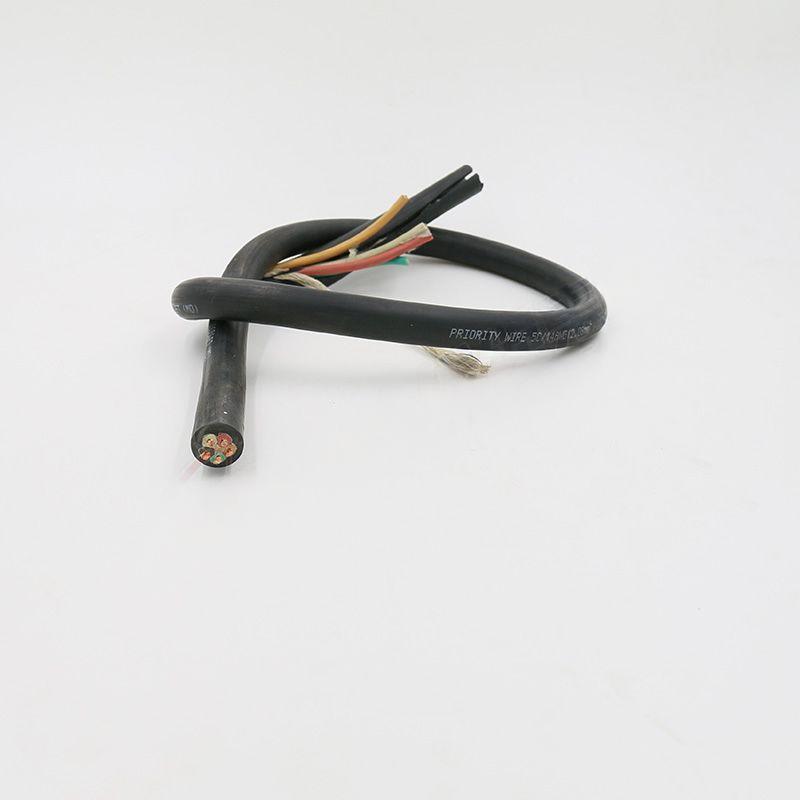10 月 . 30, 2024 14:19 Back to list
flange butterfly valve
Flange Butterfly Valve An Overview
The flange butterfly valve is a crucial component widely utilized in various industries, including water treatment, chemical processing, and HVAC systems. This valve is recognized for its unique design and functionality, which allow it to efficiently control the flow of fluids. In this article, we will explore the key features, benefits, applications, and maintenance considerations of flange butterfly valves.
Key Features
Flange butterfly valves consist of a circular disc or vane mounted on a shaft. This disc is positioned in the center of the pipe and rotates to open or close the flow. The flange aspect refers to the valve's ends being designed to be bolted directly to the flanges of the piping system. This design ensures a secure and leak-proof connection, making the flange butterfly valve ideal for high-pressure applications.
Another noteworthy feature is the simplicity of the design, which allows for quick and easy operation. The valve can be opened or closed with minimal effort, typically using a manual lever or an actuator. The compact size and lightweight nature of the butterfly valve make it suitable for installations where space is limited.
Benefits
One of the most significant advantages of flange butterfly valves is their efficiency in flow control. Unlike gate valves, which require a linear motion to either open or close, butterfly valves can be fully opened or closed with just a quarter turn. This not only speeds up the operation but also enhances the control over fluid flow.
Additionally, flange butterfly valves are cost-effective compared to other valve types. Their simpler design leads to lower manufacturing costs, which translates into savings for end-users. They are also highly durable and can withstand a variety of corrosive substances, especially when constructed from materials such as stainless steel or PVC.
flange butterfly valve

Moreover, these valves have a low-pressure drop, which minimizes energy loss in systems where pumps are employed. This efficiency not only enhances operational performance but also contributes to energy savings, making them an environmentally friendly choice.
Applications
Flange butterfly valves are versatile and can be found in various applications. In the water treatment industry, they are used for regulating the flow of water in treatment plants, helping to ensure the efficient operation of filtration and purification processes. In chemical processing, they manage the flow of chemicals with precision, ensuring safety and compliance with industry standards.
Furthermore, in HVAC systems, these valves are critical in controlling airflow, which directly impacts heating and cooling efficiency. Their ability to handle different types of fluids, including slurries and gases, makes flange butterfly valves suitable for a multitude of environments.
Maintenance Considerations
While flange butterfly valves are designed for durability, regular maintenance is essential to ensure their longevity and optimal performance. Inspecting the valve for signs of wear or damage, such as leaks or deformations in the disc, should be part of a routine maintenance schedule. Lubricating the shaft and checking the actuator for proper functioning are also vital tasks that can prevent unexpected failures.
In conclusion, flange butterfly valves are an indispensable part of fluid control systems across various industries. Their efficient flow management, cost-effectiveness, and adaptability make them a preferred choice for engineers and process managers. By understanding their features, benefits, applications, and necessary maintenance practices, organizations can leverage flange butterfly valves to optimize their operations effectively.
Share
-
Understanding the Differences Between Wafer Type Butterfly Valve and Lugged Butterfly ValveNewsOct.25,2024
-
The Efficiency of Wafer Type Butterfly Valve and Lugged Butterfly ValveNewsOct.25,2024
-
The Ultimate Guide to Industrial Swing Check Valve: Performance, Installation, and MaintenanceNewsOct.25,2024
-
Superior Performance with Industrial Swing Check Valve: The Essential Valve for Any SystemNewsOct.25,2024
-
Industrial Swing Check Valve: The Ideal Solution for Flow ControlNewsOct.25,2024
-
You Need to Know About Industrial Swing Check Valve: Functionality, Scope, and PerformanceNewsOct.25,2024